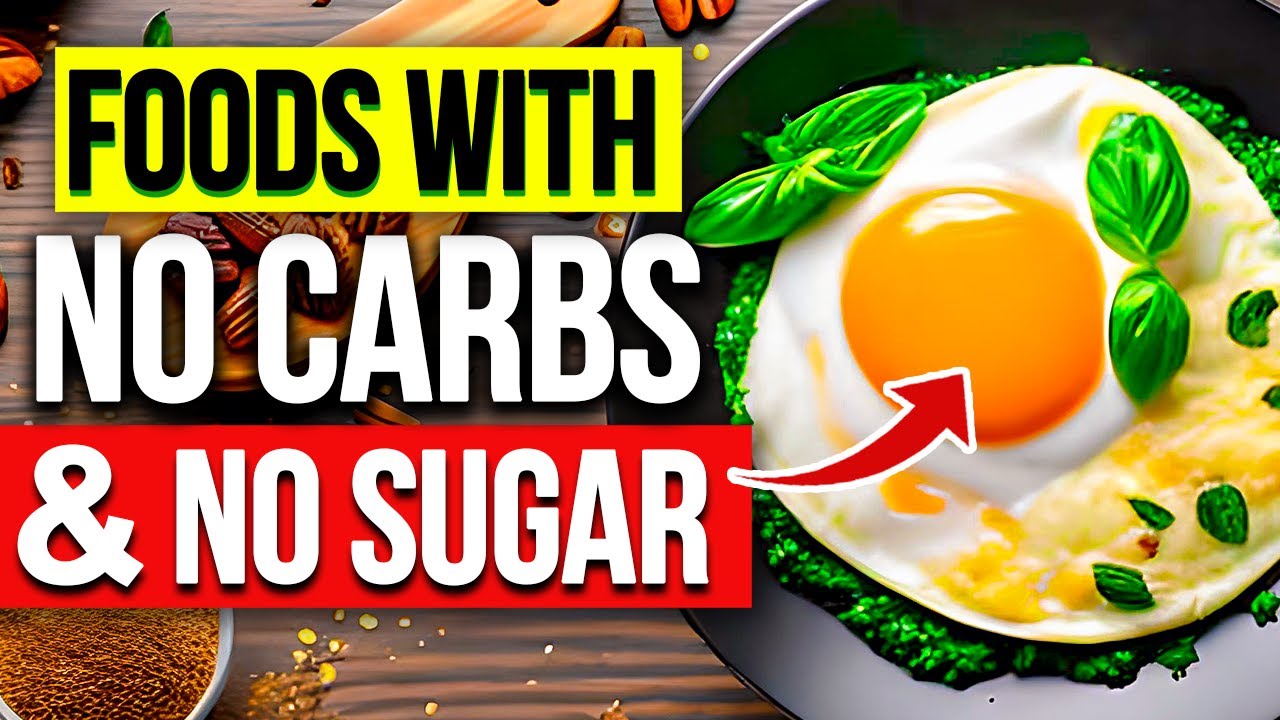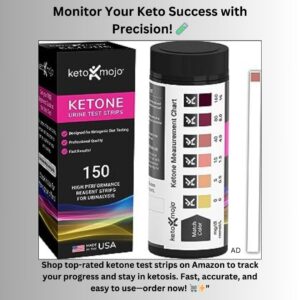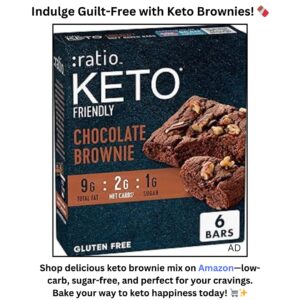Keto Diet Benefits: Unleashing the Power of Ketosis

Discovering the Keto Diet Benefits
The keto diet benefits have taken the world by storm, promising significant weight loss, enhanced mental clarity, and improved energy levels. This low-carb, high-fat diet is more than just a fad; it’s a science-backed approach to health and wellness. In this comprehensive guide, we’ll delve into everything you need to know about the keto diet, from its history and principles to practical tips for success and delicious recipes. Let’s unlock the secrets of the keto diet and explore how it can transform your life.
What is the Keto Diet?
The keto diet, short for the ketogenic diet, is a low-carbohydrate, high-fat eating plan designed to put your body into a state of ketosis. In ketosis, your body becomes highly efficient at burning fat for energy. This metabolic state also turns fat into ketones in the liver, which can supply energy to the brain.
History of the Keto Diet
The ketogenic diet has a fascinating history. Originally developed in the 1920s as a treatment for epilepsy, it has evolved over the decades. Researchers discovered that by drastically reducing carbohydrate intake and increasing fat consumption, they could mimic the metabolic effects of fasting, leading to fewer seizures in patients. Today, the keto diet is recognized for its broader health benefits beyond epilepsy.
How the Keto Diet Works
Mechanism of Action
The keto diet works by depleting your body of its glucose stores, the primary source of energy derived from carbohydrates. When glucose levels are low, your body turns to stored fat for fuel, breaking it down into molecules called ketones in a process known as ketogenesis.
Ketosis and Metabolic Pathways
Ketosis is the hallmark of the ketogenic diet. It occurs when your body switches from using glucose to using ketones as its primary energy source. Achieving and maintaining ketosis requires strict adherence to the diet’s macronutrient ratios: typically 70-75% of calories from fat, 20-25% from protein, and 5-10% from carbohydrates.
Benefits of the Keto Diet
Weight Loss
One of the most well-known benefits of the keto diet is weight loss. By reducing carbohydrate intake, your body is forced to burn fat for fuel, leading to significant weight reduction, especially in the initial stages.
Mental Clarity and Focus
Many people on the keto diet report improved mental clarity and focus. Ketones are a more efficient fuel source for the brain than glucose, which can lead to enhanced cognitive function.
Increased Energy Levels
As your body becomes more efficient at burning fat, many experience sustained energy levels throughout the day, without the spikes and crashes associated with high-carb diets.
Health Improvements
The keto diet has been linked to various health benefits, including better blood sugar control, reduced inflammation, and improved cholesterol levels. It can be particularly beneficial for individuals with type 2 diabetes and metabolic syndrome.
Keto Diet Food List
Allowed Foods
- Fats and Oils: Avocado, butter, coconut oil, olive oil, and nuts.
- Protein: Meat, fish, eggs, and dairy.
- Low-Carb Vegetables: Leafy greens, broccoli, cauliflower, and zucchini.
- Dairy: Cheese, heavy cream, and yogurt (full-fat, unsweetened).
Foods to Avoid
- Sugary Foods: Soda, candy, and desserts.
- Grains and Starches: Bread, pasta, rice, and cereals.
- High-Carb Vegetables: Potatoes, corn, and carrots.
- Fruits: Most fruits except small portions of berries.
- Unhealthy Fats: Processed vegetable oils, margarine, and trans fats.
Meal Planning on the Keto Diet
Sample Meal Plans
Creating a keto meal plan can help you stay on track. Here’s a sample plan:
- Breakfast: Scrambled eggs with avocado and spinach.
- Lunch: Grilled chicken salad with olive oil dressing.
- Dinner: Baked salmon with asparagus and butter.
- Snacks: Cheese slices, nuts, and olives.
Tips for Success
- Preparation: Plan your meals and snacks in advance.
- Stay Hydrated: Drink plenty of water and consider electrolyte supplements.
- Monitor Your Macros: Use a food diary or app to track your macronutrient intake.
Common Mistakes to Avoid
Embarking on the keto diet can be challenging, and it’s easy to make mistakes. Here are some common pitfalls and how to avoid them:
- Not Eating Enough Fat: Ensure your diet is high in healthy fats to maintain ketosis.
- Eating Too Many Carbs: Stay within your carbohydrate limit to prevent being kicked out of ketosis.
- Ignoring Electrolytes: Keto can deplete electrolytes, so consider supplements or salty foods.
Keto Diet for Beginners
Starting the keto diet can seem overwhelming. Here’s a simplified guide to help beginners get started:
- Educate Yourself: Understand the principles and benefits of the keto diet.
- Stock Up on Keto Foods: Fill your pantry with keto-friendly ingredients.
- Track Your Progress: Use ketone strips or a ketone meter to monitor your state of ketosis.
Keto and Exercise
Best Practices
Combining the keto diet with exercise can amplify its benefits. Here are some best practices:
- Adapt Slowly: Allow your body to adapt to the diet before starting intense workouts.
- Focus on Strength Training: Resistance exercises can help preserve muscle mass.
- Stay Hydrated: Drink plenty of water, especially during workouts.
Adaptations
Athletes may need to adjust their macronutrient ratios, incorporating more protein or using targeted keto (consuming carbs around workouts).
Keto Diet Variations
Standard Keto Diet (SKD)
A typical keto diet with low-carb, moderate protein, and high fat.
Targeted Keto Diet (TKD)
Allows for more carbs around workouts to support performance.
Cyclical Keto Diet (CKD)
Involves periods of higher carb intake to replenish glycogen stores.
High-Protein Keto Diet
Similar to SKD but with more protein.
Keto Flu and How to Manage It
Symptoms
The keto flu can include headaches, fatigue, irritability, and nausea.
Prevention and Remedies
- Stay Hydrated: Drink plenty of water.
- Electrolytes: Increase your intake of sodium, potassium, and magnesium.
- Gradual Transition: Ease into the diet to minimize symptoms.
Health Risks and Considerations
Potential Side Effects
While the keto diet has many benefits, it also has potential side effects, such as nutrient deficiencies and digestive issues.
Who Should Avoid the Keto Diet?
Individuals with certain health conditions, such as pancreatitis or liver disease, should avoid the keto diet. Always consult a healthcare provider before starting any new diet.
Keto-Friendly Recipes
Breakfast
- Keto Pancakes: Made with almond flour and cream cheese.
- Bacon and Eggs: A classic, simple keto breakfast.
Lunch
- Caesar Salad: With chicken, parmesan, and a keto-friendly dressing.
- Lettuce-Wrapped Burgers: Ground beef patties wrapped in lettuce leaves.
Dinner
- Zucchini Noodles with Pesto: A low-carb pasta alternative.
- Grilled Steak with Garlic Butter: Served with a side of roasted vegetables.
Snacks
- Keto Fat Bombs: High-fat, low-carb snacks made with coconut oil and nuts.
- Cheese Crisps: Baked cheese slices that are crunchy and delicious.
Supplements for the Keto Diet
Essential Supplements
- MCT Oil: Medium-chain triglycerides that provide quick energy.
- Electrolytes: Sodium, potassium, and magnesium to prevent imbalances.
- Omega-3 Fatty Acids: Support heart health and reduce inflammation.
Benefits
Supplements can help you meet your nutritional needs and support overall health on the keto diet.
Keto Diet Myths Debunked
Common Misconceptions
- Myth: The keto diet is a high-protein diet. Fact: It is actually a high-fat, moderate-protein diet.
- Myth: You can’t eat vegetables on keto. Fact: Many low-carb vegetables are allowed.
Keto for Different Age Groups
Children
The keto diet can be beneficial for children with epilepsy but should be supervised by a healthcare provider.
Adults
Many adults use the keto diet for weight loss and improved health markers.
Seniors
Seniors can benefit from the keto diet, but should ensure they are meeting their nutritional needs.
Keto and Chronic Conditions
Diabetes
The keto diet can help manage blood sugar levels and improve insulin sensitivity.
Heart Disease
The diet can improve cholesterol levels and reduce heart disease risk factors.
Epilepsy
The ketogenic diet is a well-established treatment for epilepsy, particularly in children.
Success Stories
Real-life Examples
- Jane’s Weight Loss Journey: Lost 50 pounds and improved her health.
- Mark’s Mental Clarity: Enhanced focus and productivity on the keto diet.
Testimonials
Many individuals share their success stories and the positive impact of the keto diet on their lives.
FAQs about the Keto Diet
How long does it take to enter ketosis?
- It typically takes 2-4 days to enter ketosis if you follow the diet strictly.
Can I drink alcohol on the keto diet?
- Yes, but choose low-carb options like dry wine or spirits.
Is the keto diet safe long-term?
- The keto diet can be safe long-term, but it’s essential to ensure nutritional adequacy.
What are keto macros?
- Keto macros are the specific percentages of fat, protein, and carbs: about 70-75% fat, 20-25% protein, and 5-10% carbs.
Can I follow the keto diet if I’m vegetarian?
- Yes, with careful planning to include plant-based fats and proteins.
What is keto breath?
- Keto breath is a fruity or metallic odor caused by the production of acetone in ketosis.
Conclusion
The keto diet offers numerous benefits, from weight loss to enhanced mental clarity and energy levels. By understanding its principles, planning your meals, and avoiding common mistakes, you can successfully incorporate the keto diet into your lifestyle. Whether you’re a beginner or looking to refine your approach, the keto diet can be a powerful tool for achieving your health and wellness goals.








